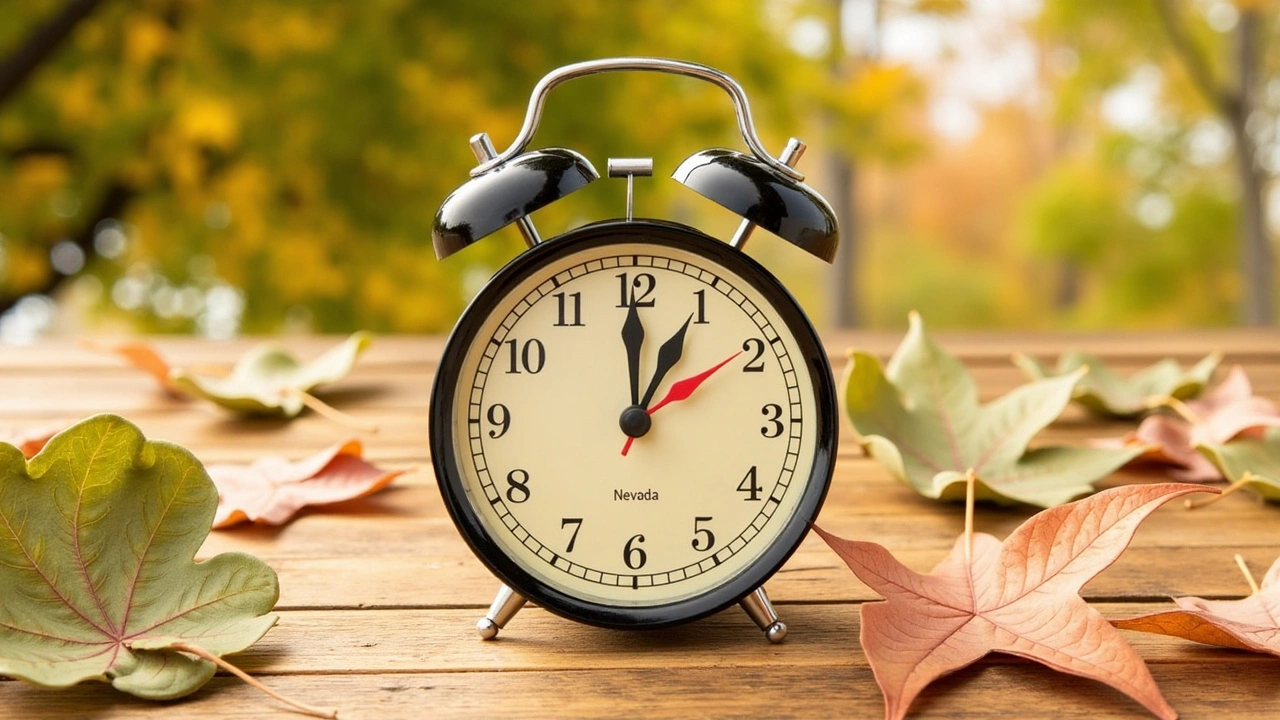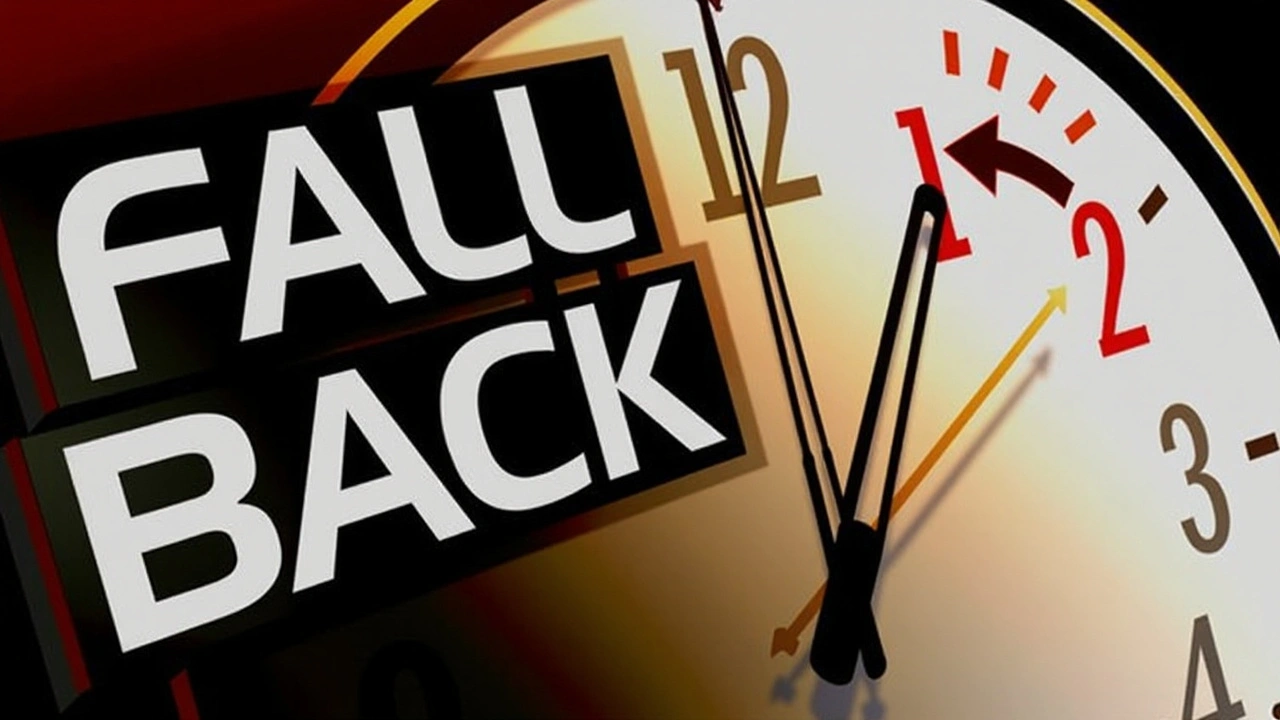Understanding the Shift: What Happens During the End of Daylight Saving Time?
The first Sunday in November marks a significant event each year: the end of Daylight Saving Time (DST). Before modern conveniences made adjustments simple, communities observed natural light patterns to inform their daily schedules. Though this tradition may seem antiquated, it holds considerable meaning, particularly in our technologically-driven world. The transition from DST to Standard Time results in clocks being set back by one hour, effectively heralding shorter days and lengthening nights. This chance to reclaim an extra hour of sleep is welcomed by some, yet it can pose challenges for others. A seemingly minor adjustment can disrupt routines, influencing mental health, sleep patterns, and even physical safety. Understanding these shifts can help individuals prepare adequately and address the resultant changes with ease.
Adjusting to the Time Change: Tips for Minimizing Disruption
Each year, millions of individuals experience the bi-annual clock modification. As we "fall back" an hour, implementing proactive strategies can alleviate potential hysteria. Firstly, consider adjusting your clocks before bedtime on the eve of the time change. By changing both traditional and digital clocks ahead, you avoid startled awakenings and unnecessary disruptions. As straightforward as this may seem, proper adjustment is the cornerstone for a successful DST transition.
Next, keep an eye on your driving habits. The end of DST introduces an abrupt onset of evening darkness, catching drivers unawares and elevating accident risks. Visibility is compromised during this period, and driver focus is paramount. To safeguard yourself and fellow occupants, reduce speed, apply additional caution, and handle intersections cautiously. As an added precaution, ensure that your vehicle's headlights, brake lights, and indicators are operational.

Elevating Pedestrian and Community Safety
Observations indicate that the transition disrupts routines that were previously consistent. Pedestrians, faced with the novelty of nighttime strolls, are advised to dress appropriately to maintain visibility. Wearing bright, flashy, or reflective clothing enhances one's presence and alerts approaching vehicles. Additionally, carry a small flashlight when venturing outdoors, providing illumination for your path and ensuring enhanced personal security.
Health Matters: Preserving Well-being and Sleep Patterns
Our bodies often struggle to quickly adapt to unexpected changes, and the DST transition is no exception. Cultivating a restful sleep pattern should be prioritized by anyone experiencing difficulty adjusting. Prior to the time change, aim to establish a consistent nightly routine to facilitate easier acclimatization. Gradually shift your bedtime by 10 to 15 minutes each night leading up to the transition. Supplement your sleepy time with calming activities or herbal teas that encourage relaxation. By making minor adjustments early, disruption risks decline and the adjustment period shortens.
Remember that health outcomes may manifest in various ways, and not everyone experiences pronounced symptoms. Increased self-awareness can ensure proper management of stress, anxiety, or mood shifts that might arise unexpectedly. Understanding personal limits lends itself toward improving resilience and reducing adverse emotional impacts. This bi-annual shift becomes more manageable when both body and mind remain prioritized.

Conclusion: Planning and Awareness for a Successful Transition
While Daylight Saving Time gradually becomes more ingrained into our societal routine, it remains important to approach it deliberately and thoughtfully. From designing a strategy that aids in clock adjustment to prioritizing road safety, countless actions can guarantee a seamless adaptation. Also, be vigilant in maintaining safe practices within your community and doing your part to enhance personal visibility. Above all, it's essential to focus on personal well-being and address potential ramifications on health.
By navigating the adjustment period with caution and mindfulness, society can combat the seasonal challenges brought forth by the end of DST. This awareness encourages tried-and-true methods concerning safety and promotes positive mental health. A thoughtful approach ensures relationships and professional demands receive due consideration. As the saying goes, "Fall back, but spring forward" in preparation to embrace the darker evenings with confidence and ease.

Ify Okocha
October 29, 2024 AT 19:03Frankly, the article glosses over the physiological ramifications of the DST shift, treating them as mere inconveniences. The recommendations are redundant; anyone who has ever set an alarm knows to adjust their clocks. Moreover, the safety tips are elementary and ignore the statistical data on accident spikes. A more rigorous analysis would cite peer‑reviewed studies rather than vague assertions. In short, the piece reads like a repackaged public service announcement without substantive insight.
William Anderson
October 29, 2024 AT 19:53It is an astonishing display of intellectual complacency that the author would dare to present such a pedestrian overview of Daylight Saving Time. One would expect a treatise of the gravitas befitting the subject, yet what we receive is a string of banalities masquerading as guidance. The prose oscillates between the drab and the tediously verbose, a symptom of the author's inability to wield language with precision. Observe the egregious misuse of the passive voice in the second paragraph – “the clocks are set back” – a construction that obfuscates agency and betrays laziness. Moreover, the claim that “the transition introduces an abrupt onset of evening darkness” reads like an apprentice poet’s first stumble. The author neglects to distinguish between astronomical twilight and civil twilight, a glaring omission for any self‑respecting scholar. The recommendation to “dress appropriately to maintain visibility” is a trite staple that offers no novel insight. The alleged “health matters” section suffers from a lack of citations, reducing it to an anecdotal diatribe. One must lament the absence of any reference to the 1966 Uniform Time Act, which underpins the very existence of DST in the United States. The discussion of driver safety could have been enriched by referencing the National Highway Traffic Safety Administration’s statistics, yet the author remains content with vague admonitions. The tone oscillates between faux‑concern and condescending platitude, an unsettling blend that undermines credibility. It is disheartening to witness such a missed opportunity to elevate public discourse on a matter that affects millions. In the end, the article is a limp exercise in redundancy, masquerading as helpful advice while delivering naught but perfunctory platitudes. One can only hope future contributions will aspire to higher standards of erudition and linguistic elegance. Thus, the piece serves as a cautionary tale of how not to educate the public.
Sherri Gassaway
October 29, 2024 AT 21:00The temporal manipulation we endure each November invites contemplation of humanity's surrender to an artificial construct, a reminder that our perception of time is perpetually negotiated. While the author's practical tips are noted, they neglect the deeper existential discomfort that arises when daylight recedes, stirring a latent melancholy in the collective psyche. One might argue that this seasonal dimming serves as a metaphor for the cyclical nature of hope and despondency, an insight often omitted in procedural guides. Nonetheless, the suggestion to carry a flashlight is a modest yet tangible remedy for navigating both literal and figurative darkness.
Milo Cado
October 29, 2024 AT 22:06Thank you for the thorough analysis; your dedication to precision is commendable. I appreciate the emphasis on data‑driven safety measures, and I would like to highlight additional resources that may complement your points. The National Sleep Foundation offers evidence‑based strategies for gradual bedtime adjustments, which can ease the physiological transition (see https://www.sleepfoundation.org). Moreover, many municipalities now install brighter street lighting in the weeks following the time change, reducing pedestrian accidents – a practical development worth acknowledging. Your call for more rigorous citation aligns with best practices in public health communication. 🌟🚦💡
MONA RAMIDI
October 29, 2024 AT 23:13Honestly, this article is a half‑baked checklist that barely scratches the surface.